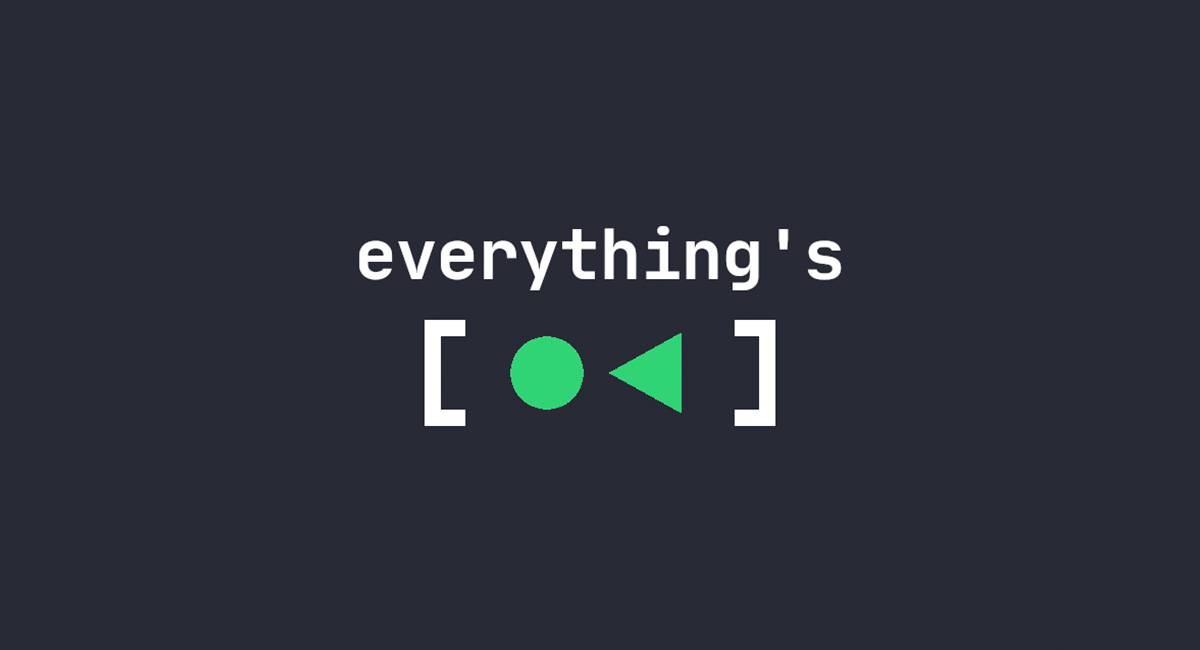- cross-posted to:
- linux@kbin.social
- homelab
- selfhosted@lemmy.world
- cross-posted to:
- linux@kbin.social
- homelab
- selfhosted@lemmy.world
After a few conversations with people on Lemmy and other places it became clear to me that most aren’t aware of what it can do and how much more robust it is compared to the usual “jankiness” we’re used to.
In this article I highlight less known features and give out a few practice examples on how to leverage Systemd to remove tons of redundant packages and processes.
And yes, Systemd does containers. :)



Having choice is the best part of Linux, but Systemd is something so ubiquitous to Linux that it might as well be called Systemd/Linux instead of GNU/Linux.
When you think of it like that, it feels much less like a bloated behemoth that needs to be de-monopolised and more like an integral piece of the puzzle that is turning the Linux kernel into an functional operating system.
systemd-kerneld 😜
systems always implies Linux, but Linux doesn’t necessarily imply systemd.
I always try to cover most of my stack with systemd components because they actually tend to be quite sane with a very transparent configuration. It’s no surprise a lot of distributions picked it up. As you said, it does exactly that, make an OS based on Linux easily available. Sure you can do the same with a variety of other tools, but just letting systemd do the heavy lifting for you sure is tempting.
That doesn’t mean it’s the only choice. I’d love to try Chimera Linux one day which doesn’t include systemd (in fact it doesn’t include a lot of stuff most other distributions do) but it ticks a lot of boxes for many.